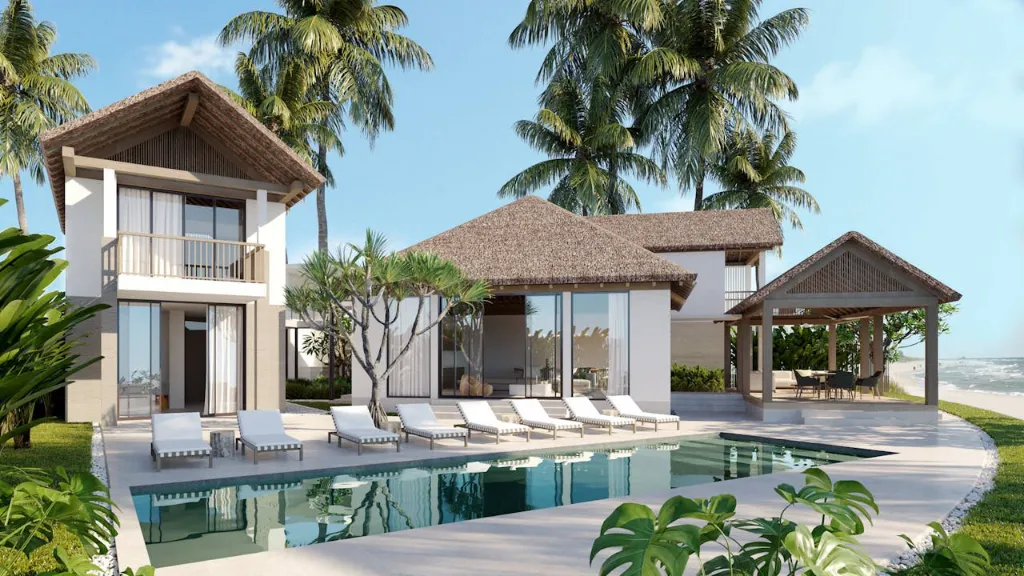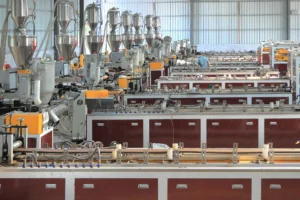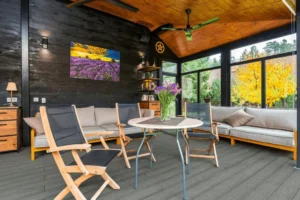Differences Between Decks, Balconies, Verandas, Porches, and Patios

Outdoor living spaces are more than just extensions of your home; they are essential areas that can transform your lifestyle by offering a seamless blend of indoor comfort with the refreshing ambiance of the outdoors. Whether you are planning a new construction or upgrading your existing outdoor area, understanding the different types of structures available is crucial to making the right choice. This article will guide you through the key differences between decks, balconies, verandas, porches, and patios, helping you select the outdoor structure that best suits your needs.
Varieties of Decks
If a deck aligns with your needs, it’s important to understand the different styles available to tailor the space to your specific preferences.
– Wraparound Decks: These decks extend around two or more sides of the home, creating an expansive outdoor living area. They are perfect for homes in scenic locations, allowing you to enjoy views from multiple angles.

– Multi-tier Decks: These consist of several deck levels connected by steps or staircases. Multi-tier decks are ideal for homes built on sloped terrain, as they help navigate changes in elevation while offering distinct areas for different activities.
– Platform Decks: Simple and low-lying, platform decks are detached structures that can be placed anywhere in the yard. They are often used as stand-alone seating areas or as bases for other outdoor features like gazebos.

– Raised Decks: Elevated structures designed to accommodate homes with tall foundations or sloping yards. Raised decks often include stairs for ground access and can provide a higher vantage point, making them suitable for homes with panoramic views.
– Rooftop Decks: Less common in residential settings, rooftop decks are installed on flat roofs. They offer exceptional views and are a great option in urban areas where yard space is limited.

Each deck style offers unique advantages, so consider your home’s architecture, landscape, and your outdoor living needs when choosing a design.
Decks vs. Balconies
Decks and balconies are two of the most popular outdoor structures, but they serve different purposes and are best suited for different types of homes.
Decks are typically ground-level or slightly elevated platforms attached to the back of a house, providing direct access to the yard. They are designed to be versatile spaces where you can entertain guests, dine outdoors, or simply relax in the open air. The openness of a deck allows it to blend seamlessly with the surrounding environment, making it ideal for homes with large gardens, pools, or other outdoor features. Decks can vary in size and design, and they may or may not include a railing depending on their elevation and intended use.

Balconies, on the other hand, are elevated platforms that are attached to the second story or higher levels of a building. Unlike decks, balconies are more enclosed and often feature railings for safety. They are generally smaller than decks and are usually accessed through a bedroom or living area. Balconies provide a private outdoor retreat, offering a space where you can enjoy fresh air and views without leaving the upper floors of your home. This makes them particularly suitable for urban settings or multi-story residences where ground space is limited.

When deciding between a deck and a balcony, consider the intended use of the space. Decks are ideal for those who want a large, versatile outdoor area that integrates with the rest of the yard, perfect for entertaining or outdoor activities. Balconies are better suited for those seeking a more intimate, private space that adds a fresh-air escape directly from an upper-level room.
Porches vs. Decks
While porches and decks share some similarities, they serve different purposes and are typically found in different areas of a home.
Porches are traditionally attached to the front entrance of a home, serving as a welcoming area for guests. They are often covered with a roof, providing shelter from the elements, and may include seating areas for enjoying the outdoors in a more intimate, sheltered setting. Porches are usually smaller than decks and are designed to complement the home’s entryway, making them a key architectural feature.

Decks, in contrast, are usually attached to the back entrance and serve as versatile, open-air living spaces. While porches are more about creating a welcoming front-facing aesthetic, decks are focused on providing functional outdoor space in the backyard. They are often larger than porches and can be customized for various uses, such as dining, lounging, or hosting gatherings.
When distinguishing between a porch and a deck, consider the intended location and use. Porches are best for creating a charming, inviting entrance to your home, ideal for smaller gatherings or quiet relaxation. Decks are more suited for larger outdoor activities and are typically positioned to make the most of backyard spaces.
Verandas vs. Porches
Verandas and porches are closely related, but they differ in design and scope.
Verandas are large, roofed, open-air structures that wrap around a home, usually at ground level. They are designed as extended living spaces and are especially popular in warmer climates. Verandas provide ample outdoor space and can serve multiple functions, from casual lounging to outdoor dining.

Porches, while they may also be roofed, are generally smaller and more focused on enhancing the front entrance of a home. Unlike verandas, porches may be elevated or screened, offering a more enclosed and sheltered space.
In summary, verandas are ideal for homeowners looking to create a substantial, multi-functional outdoor area that enhances the home’s exterior, particularly in regions with mild weather. Porches are better suited for those who want to add a cozy, welcoming touch to the home’s entryway.
Patios vs. Balconies
Patios and balconies are both excellent choices for outdoor spaces, but they serve very different purposes.
Patios are ground-level structures made from materials such as stone, brick, or gravel. They are versatile, often used for dining, entertaining, or simply enjoying the outdoors. Patios can be adjacent to the house or located elsewhere in the yard, and they offer a wide range of design possibilities in terms of size, shape, and layout.

Balconies, in contrast, are elevated platforms attached to the upper stories of a building. They are smaller and more compact than patios, making them suitable for private outdoor spaces in multi-story homes. Balconies are typically enclosed with railings and often include a roof or partial covering, providing a protected space with a view.
When choosing between a patio and a balcony, consider your available space and intended use. Patios are perfect for larger outdoor activities and can be easily integrated into the landscape, while balconies are ideal for adding a private outdoor area to upper-level rooms.
Conclusion
Choosing the right outdoor structure depends on your lifestyle, the layout of your property, and your aesthetic preferences. Whether you opt for a deck, balcony, veranda, porch, or patio, each structure offers unique benefits that can enhance your home’s functionality and appeal. By understanding the differences and potential uses of these outdoor spaces, you can create an area that not only meets your needs but also adds value to your home. If you’re planning to upgrade or install a new outdoor structure, consider consulting with a professional to help bring your vision to life. Oakio is a leading manufacturer in composite decking, cladding, fencing and other composite solutions. If you are searching for a great outdoor material provider, oakio will be a great choice. Contact via www.oakio.com.
Trending Reading
What Are the Differences Between the WPC Board and PVC Board?
[2024 Update] How Long Does WPC Decking Last?











